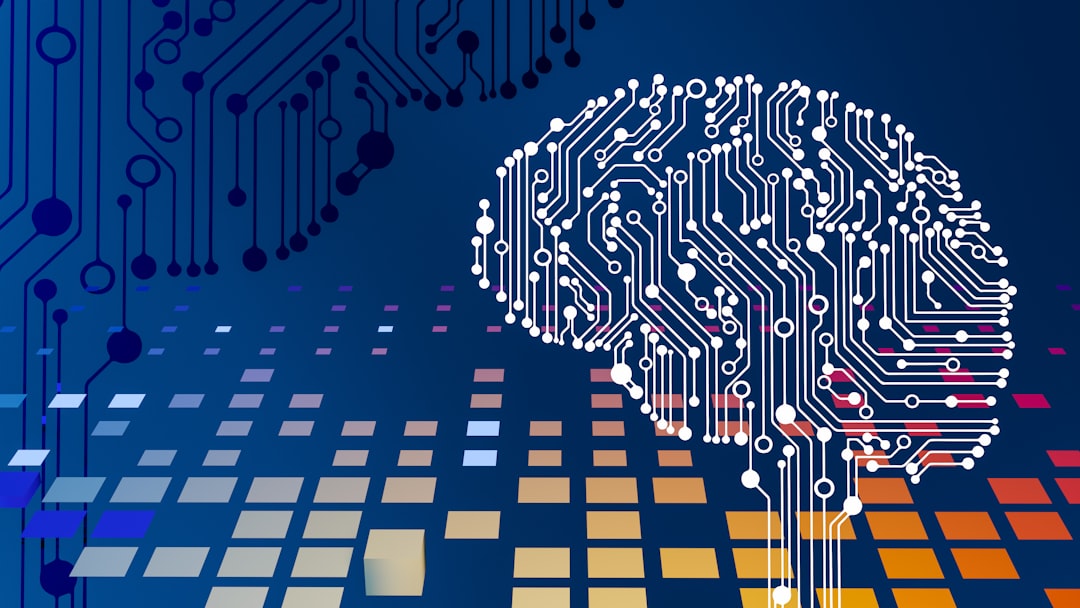The exponential growth of digital information in the past decade has transformed how organizations consume and react to news. With millions of news stories published online every day, keeping track of relevant developments across global markets, political arenas, and industry sectors has become a formidable challenge. This is where Artificial Intelligence (AI) in news monitoring comes into play, enabling businesses and institutions to automate insight extraction and make faster, data-driven decisions.
The Overload of Digital News
Traditional news monitoring tools often struggle to keep pace with the speed and volume of modern media. Manual tracking methods and keyword-based alerts are no longer sufficient when attempting to gather comprehensive, real-time intelligence. The overwhelming scale of data creates a serious bottleneck in decision-making, particularly in sectors such as finance, public relations, cybersecurity, and government affairs where timeliness and accuracy are critical.
AI addresses this issue by offering powerful tools that can ingest, interpret, and prioritize vast streams of content—far beyond human capacity. These technologies not only analyze text across multiple languages and platforms but also assess sentiment, detect emerging themes, and provide strategists with actionable summaries.
How AI Enhances News Monitoring
AI revolutionizes traditional media analysis by integrating a spectrum of capabilities that mimic human comprehension and exceed it in speed and scale. Here are the key components of AI-driven news monitoring systems:
- Natural Language Processing (NLP): NLP algorithms parse and understand the unstructured language of news content, identifying relevant topics, entities, and emotional tone.
- Machine Learning: ML models learn from past data to refine the filtering and ranking of news stories based on user-defined relevance and impact.
- Sentiment Analysis: AI can determine the positive, negative, or neutral sentiment of articles to help organizations gauge public perception in near real-time.
- Trend Detection: Algorithms scan for frequency changes in mentions or topics, allowing teams to identify breaking developments or evolving narratives.
- Multilingual Translation: Automated, real-time translation allows users to monitor global news coverage without language barriers.

These components work together to build a comprehensive intelligence-gathering platform that is scalable, flexible, and highly responsive. More importantly, they facilitate the transformation of raw information into structured insights that executives, analysts, and crisis managers can use effectively.
Applications in Different Industries
The practical applications of AI in news monitoring span numerous fields. Let’s examine how different sectors benefit from this technological advancement:
1. Finance and Investment
For financial analysts and traders, seconds can be the difference between profit and loss. AI platforms monitor real-time financial news, detect movement in stock portfolios, and predict market sentiment. When a major tech company faces a cybersecurity breach, or a central bank adjusts its interest rate policy, AI-detected alerts can provide actionable warnings before public market reactions.
2. Public Relations and Brand Management
Brands need to understand how they are portrayed across media channels instantly. AI can track company mentions on news sites, blogs, and social media, aggregating sentiment analysis to offer real-time snapshots of public perception. In times of crisis, such as product recalls or social backlash, AI-enabled dashboards can help PR teams respond swiftly and appropriately.
3. Government and Policy Monitoring
International developments, policy announcements, and political crises often have ripple effects across nations and industries. AI helps government agencies and NGOs stay updated with legislative changes, geopolitical movements, and electoral shifts. Automated translations and topic clustering allow for comprehensive briefings tailored to policy expert requirements.
4. Corporate Risk and Compliance
Corporations are increasingly using AI to monitor risks in supply chains, legal disputes, and regulatory changes. By flagging news about partners, competitors, or industry trends, AI systems provide executives with foresight into potential threats to operations or reputation.

Key Advantages of AI-Driven Monitoring
Implementing AI in news monitoring offers both strategic and operational benefits:
- Speed: AI processes thousands of articles in seconds, providing real-time updates that would be impossible to achieve manually.
- Coverage: These systems scan a broad range of sources—newspapers, blogs, forums, social media, and television transcripts—ensuring comprehensive visibility.
- Cost Efficiency: Automating monitoring reduces the need for large teams of human analysts, cutting labor costs and increasing scalability.
- Accuracy and Relevance: Machine learning ensures that alerts are tuned to specific business contexts, minimizing irrelevant information.
Challenges and Ethical Considerations
Despite its obvious advantages, the deployment of AI in news monitoring is not without challenges. Misinterpretations of sentiment, language ambiguities, or biased datasets can compromise the accuracy of insights. Moreover, over-reliance on automated systems could lead to missed context or human nuance in complex legal or political stories.
Ethical implications must also be considered. Are all news sources treated democratically in the algorithms? Does the AI model skew results toward more sensational headlines? These are critical questions for developers, regulators, and end-users. Transparent model training and the inclusion of human-in-the-loop workflows can help address these concerns.
The Future of News Intelligence
As AI technology continues to evolve, its role in news monitoring is likely to become even more prominent. Future innovations may include:
- Voice and Video Recognition: Integrating broadcast and podcast analysis through spoken language recognition.
- Deeper Personalization: AI that understands a user’s intent or role and tailors alerts accordingly—whether for a CFO, compliance officer, or field operative.
- Predictive Analytics: From reactive monitoring to forecasting future news trends based on current trajectories and historical data.
AI won’t replace human judgment in news analysis, but it significantly enhances it. By shouldering the burden of filtering, sorting, and recognizing patterns in huge datasets, AI empowers human professionals to focus on higher-order strategy and context interpretation.
Conclusion
In a landscape dominated by velocity and volume of news, AI offers a transformative solution for data-driven decision-making. Companies that embrace AI in their news intelligence operations position themselves to respond faster, act smarter, and lead confidently in their industries. However, a balanced implementation—respecting both technology and human oversight—is essential to fully realize its potential.
Moving forward, the integration of AI into news monitoring is not just a convenience—it is a strategic necessity. By automating insight generation, organizations can better navigate uncertainty, realize opportunities, and safeguard their reputations in an increasingly complex world.








